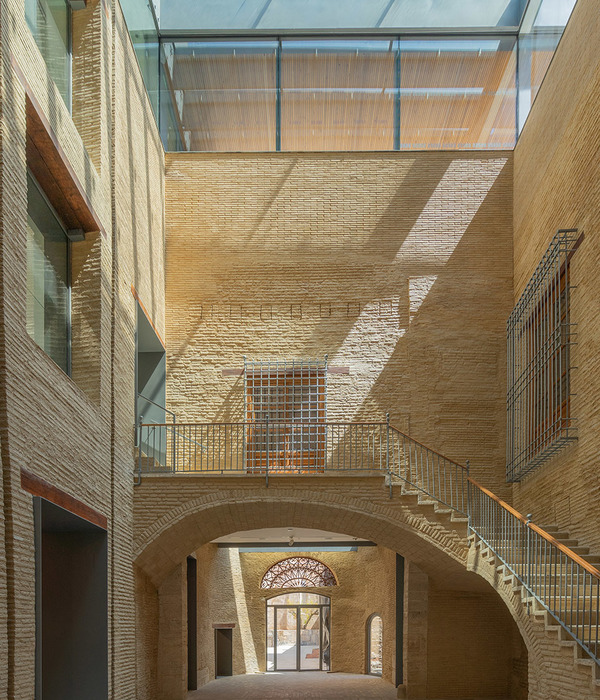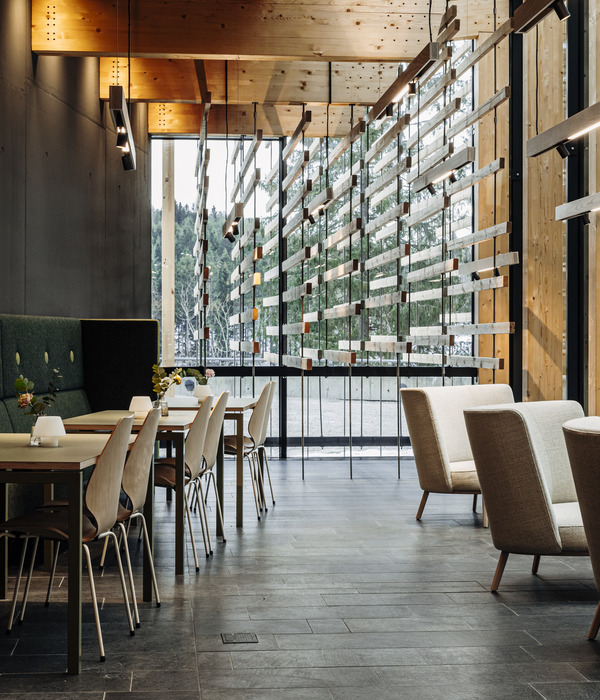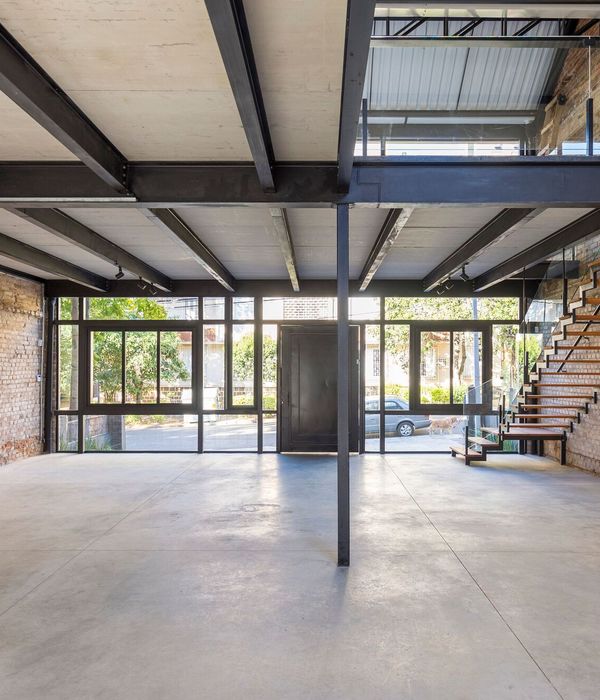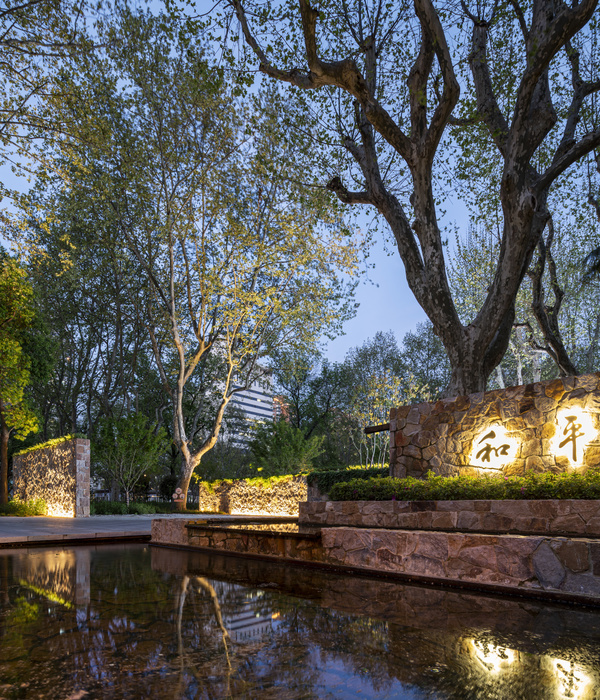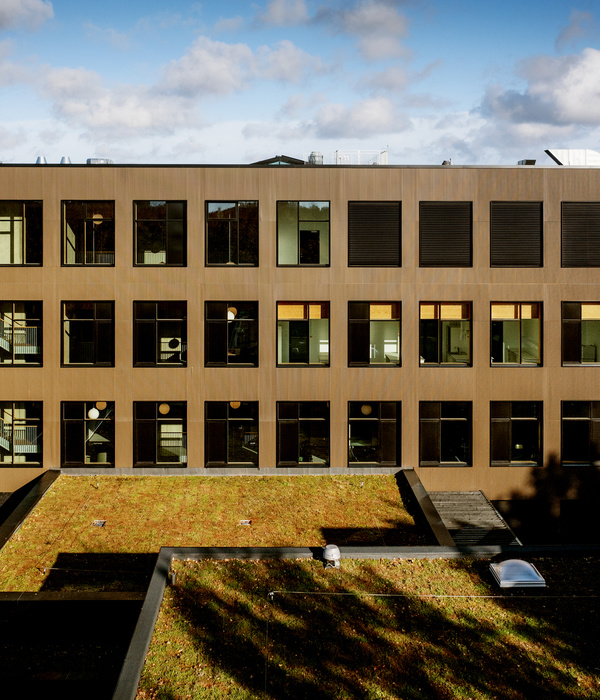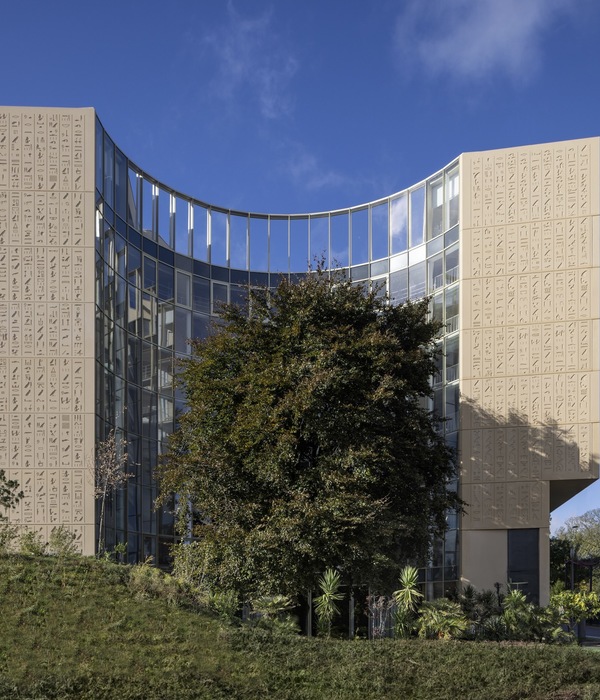Architects:NUA Arquitectures
Area:207m²
Year:2022
Photographs:Jose Hevia
Lead Architects:Arnau Tiñena, Maria Rius, Ferran Tiñena
Architect of Record:Maria Escoda, Albert Vilà
Collaborators:Manu Prieto
Structure:Albert Pujol
Construction:Baser obres i interiors
Structure Design:Manuel Marin
Woodworks:Fusteria Jaume Olivé
Furniture:DM Espai Fusta
Country:Spain
Text description provided by the architects. The origin of Vila-seca, in the 12th century, occurred during the repopulation of Tarragona after a long period of abandonment, being a frontier land between al-Andalus and the county of Barcelona. Essentially, the origin of the population can be understood fundamentally as an intersection of roads between the axis that connected Cambrils with La Canonja, with the axis that connected Reus with the sea.
At the central point of the intersection, the church of San Esteve served as a foundational element from which the first walled urban center was formed. Already during the 16th century, the urban center of Vila-seca grew along the two seminal perpendicular axes outside the walls. This bidirectional suburban growth is materialized through rows of houses between party walls that lean against the initial road, which quickly branches out to accommodate more dwellings.
The house between party walls for Sandra, Mario, and their two children is one of the houses that colonized a branch of the road that connected the population with the sea, where suburban growth was more insistent. Following the typical structure of suburban rows, the plot presents a rectangular geometry with only 4m width and 15.60m length with a single facade facing the street.
Due to the small dimensions of the plot, the project's strategy, which is explained basically through the section, is based on the volumetric exploration of space through the formalization of a light volume that contrasts with the density and mass of the urban fabric of the historic center, to which some subtractions are made, paying special attention to the circulation of light and the richness of space.
The staircase, in a central position and attached to one of the party walls, articulates the dwelling and, at the same time, acts as a skylight illuminating the central spaces, farther away from the facades. A strip of technical spaces is arranged on the other party wall. The position of this central core frees up two open spaces on each side that allow for the desired program of its inhabitants.
In the organization of the general structure of the dwelling, efforts have been made to enhance the lightness and transparency of all elements, fluid circulations, deep visuals, and natural cross-ventilation and lighting of spaces to obtain comfortable habitability conditions in all seasons of the year through passive systems.
At the same time, the project proposes a dialogue with the different layers of time to build a collage that accepts play and chance through materiality, preserving and making evident the existing stone walls of the party walls and using materials that are characteristic of the place's identity and have low environmental impact, such as ceramics, wood, and lime mortar.
In coherence with the concept of the dwelling, the rear facade of the southwest-facing patio has been conceived as a large glazed capture space that allows the entire house to receive the maximum possible light in winter, with solar protection blinds available in summer. The facade facing the street, on the other hand, facing northeast, is heavier and presents a composition of solids and voids that seeks to establish a dialogue and continuity with the morphology of the houses between party walls of the historic center of Vila-seca.
Project gallery
Project location
Address:Vilaseca, Tarragona, Spain
{{item.text_origin}}

